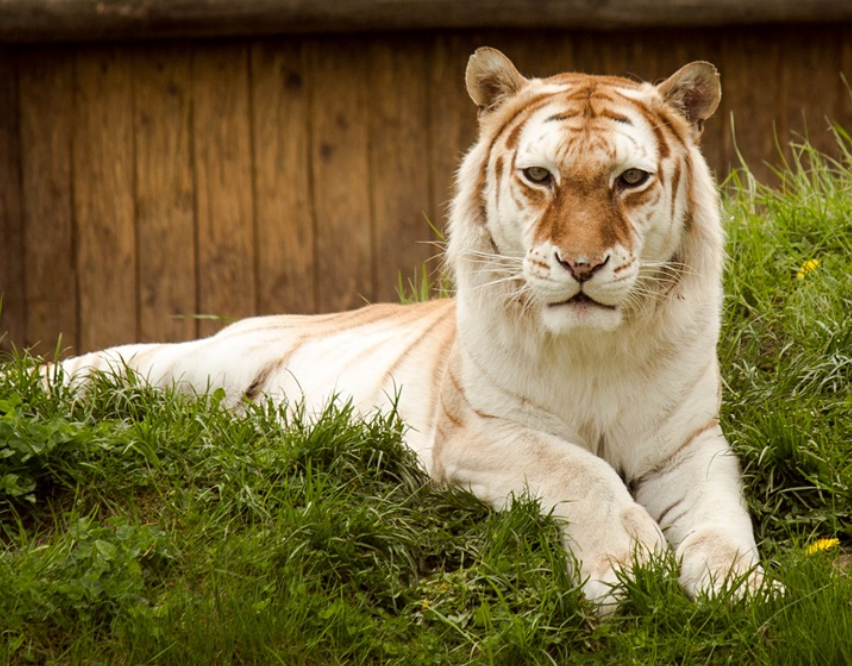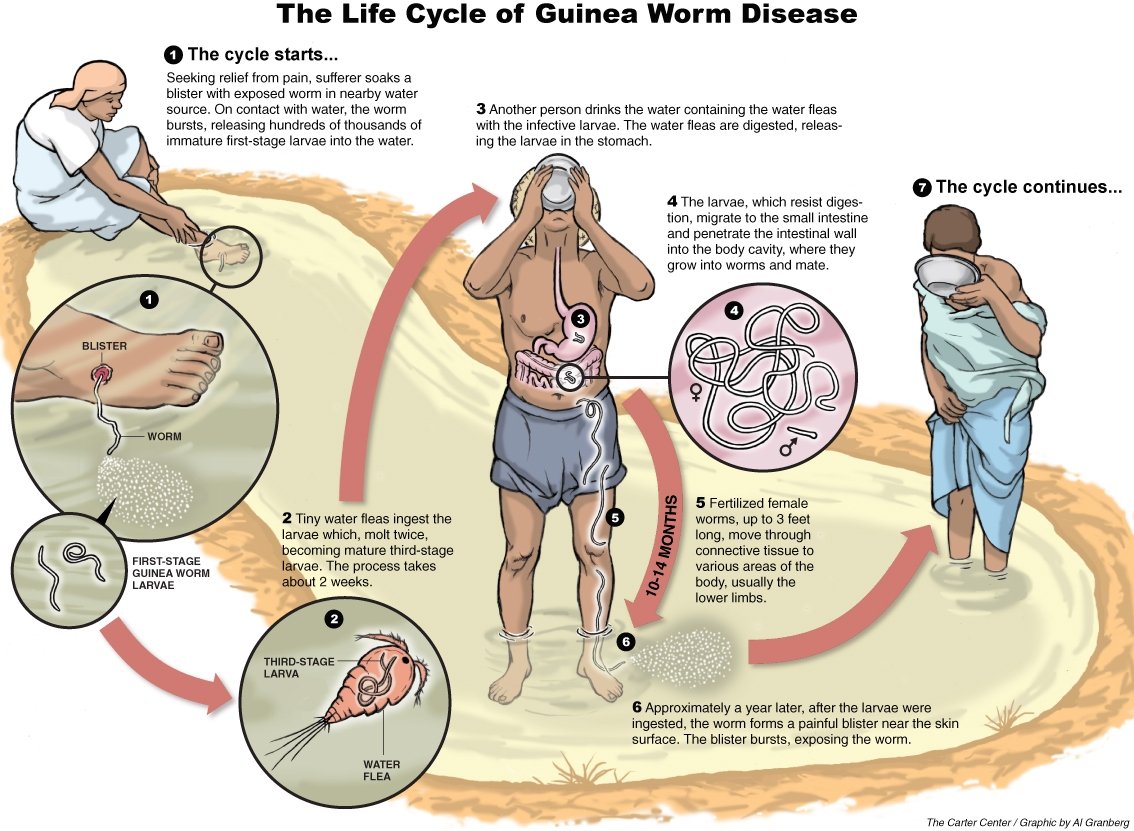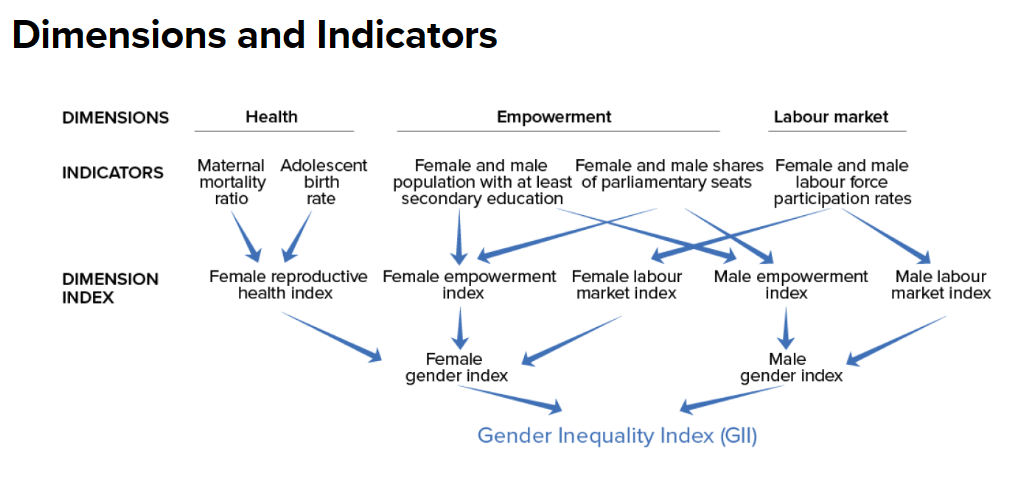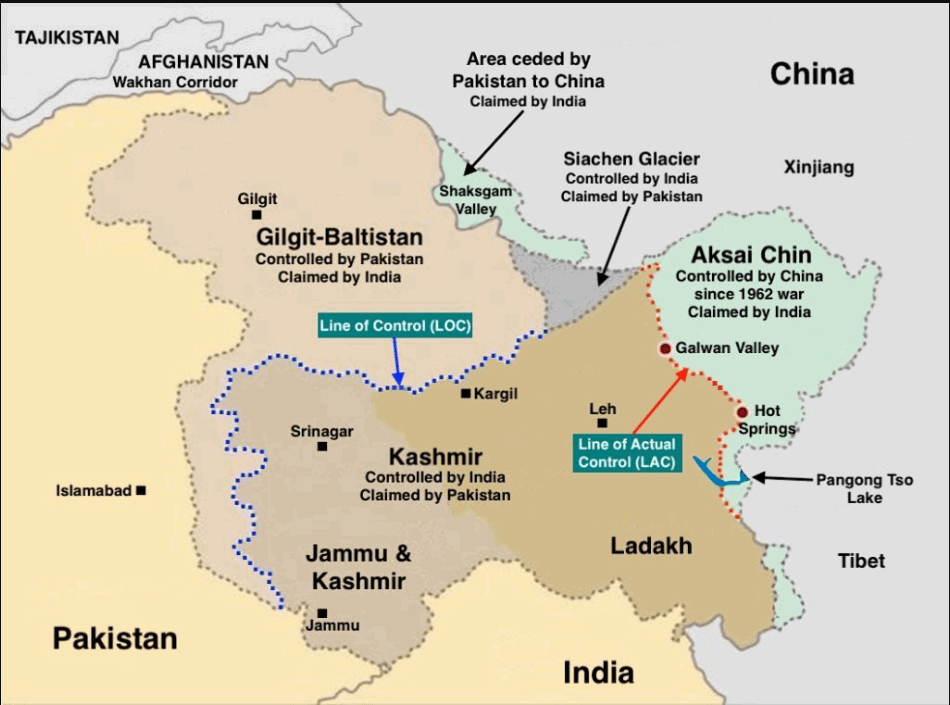
Current Affairs January 18, 2024: Genocide Convention, Centre for Fourth Industrial Revolution, Steel Slag Road, Punganur Cows, Indian Landslide Susceptibility Map, Saltwater Crocodiles, Guru Gobind Singh
Subscribers of "Current Affairs" course can Download Daily Current Affairs in PDF/DOC
Subscribe to Never Miss an Important Update! Assured Discounts on New Products!
Must Join PMF IAS Telegram Channel & PMF IAS History Telegram Channel
{GS2 – IR – Groupings} Evolving Geopolitics of Global North and South
- Context (IE): The World Economic Forum annual meeting was in Davos, Switzerland, and NAM & G77 summits occurred in Kampala, Uganda.
- The Davos Summit symbolised the world’s rich and powerful global north, and the underprivileged global south met at Kampala (Uganda).
- Global South, often used in contrast to the developed Global North, are countries characterised as “developing”, “less developed”, or “underdeveloped”.
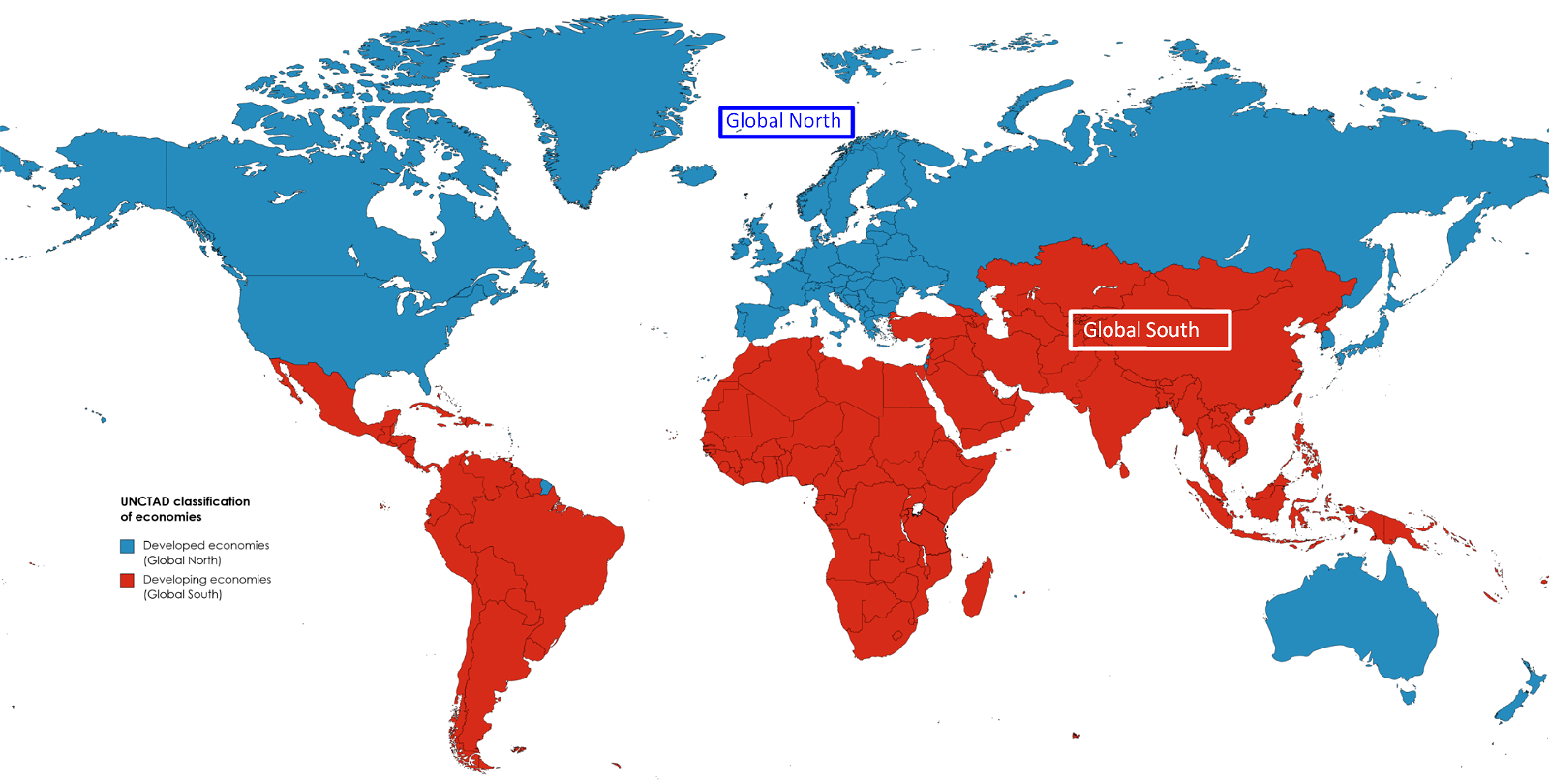
- Both face a shared problem of dealing with structural changes in the international system.
- The old slogans of globalism in Davos and collectivism of the Global South in Kampala are no longer credible or sustainable.
Evolution of a US-led Peaceful Order
- The Fall of the Berlin Wall collapsed in 1989, and the Soviet Union in 1991.
- The end of the Cold War was followed by a period of relative harmony within the excellent power constellation dominated by the US.
- The Washington Consensus encouraged the free movement of capital, goods, and labour.
- It also led to the redistribution of global economic activity to take advantage of cost differentials and policy permissiveness.
- New political ideas of global governance matched this economic transformation.
- It was rooted in the conviction that supra-national institutions that transcend sovereignty were necessary to manage the growing economic integration and collective threats like climate change.
Challenges to US-dominated Global North
- The elitist and hyper-global worldview of the global North produced a nationalist reaction.
- The long peace between major powers has ended with the war in Ukraine.
- The rise of China aggravated the failure to address the political resentments of post-Soviet Russia.
- A new alliance between Russia and China is the greatest challenge for the West since World War II.
- Mounting tensions in East Asia driven by China’s muscular regional policies and a revitalisation of US alliances have added to it.
- Protection and nationalism in America, China’s weaponisation of economic interdependence, particularly global institutions, immigration, and climate activism, posed significant challenges.
- Israel’s war on Gaza, the Houthi attacks on the Red Sea, and the US bombing of Houthi bases complicated the situation in the Middle East.
Decline in the relevance of NAM and G77
- Both had a long history of solidarity and collective bargaining but limited accomplishments.
- Regional institutions of ASEAN and the African Union are more consequential than the NAM or G77.
- BRICS, with more significant political impact, have co-opted some of the traditional agenda of NAM and G77.
- Further, the presence of Russia in the BRICS muddies the old North-South framework.
Non-Alignment Movement
|
Group of 77 (G77)
|
Contrasting agendas of China and India
- China and India will be represented at the ministerial level in both Davos and Kampala.
China
- China presents itself as the champion of the Global South.
- Several initiatives, including the Belt and Road Initiative (BRI), Global Development Initiative (GDI), Global Civilisation Initiative (GCI), and Global Security Initiative (GSI), reflect Beijing’s determination to mobilise the Global South in rearranging the global order on Chinese terms.
India
- India aspires to reclaim its traditional role in the NAM and G77.
- While China aims to revise the global economic order, India focuses on integration and reform.
- India sees itself as a bridge between the North and the South.
{GS2 – IR – Laws} Genocide Convention
- Context (TH I IE): South Africa had moved the ICJ, invoking the Convention on the Prevention and Punishment of the Crime of Genocide, 1948, against Israel.
- South Africa has accused Israel of committing genocide in its ongoing military campaign in Gaza.
- ICJ will decide:
- Whether it has jurisdiction on this matter,
- Whether the alleged acts fall under the 1948 Convention.
- South Africa has sought the indication of provisional measures to stop the genocide.
- Israel rejected any genocidal intent and anchored its arguments on its right to self-defence.
ICJ’s Jurisdiction and Provisional Measures
- The ICJ is the principal judicial organ of the United Nations.
- The ICJ-created statute clarifies that only states may be parties in cases before the Court.
- Both South Africa and Israel are signatories to the Genocide Convention of 1948.
- Article 94 of the UN Charter provides that “Each Member of the UN undertakes to comply with the decision of ICJ in any case to which it is a party”.
- Provisional measures are interim rulings of the ICJ aimed at preventing either party from harming the main case irreparably.
- ICJ cannot enforce its orders and depends on the UNSC to take measures.
- UNSC is also subject to the veto power of permanent members.
- The US has vetoed 34 out of 36 UNSC resolutions related to the Israel-Palestine conflict since 1945.
Convention on the Prevention and Punishment of the Crime of Genocide, 1948
- In 1948, the Convention was adopted by the UNGA and came into force in 1951.
- It is an international convention that defines genocide and obligates State Parties to prevent and punish the crime of genocide.
- The Genocide Convention was the first human rights treaty adopted by the UNGA.
- It is an instrument of international law leading to the codification of genocide, for the first time, as a crime.
- There are about 153 member states that are engaged with the Genocide Convention.
- Zambia is the most recent country to sign the convention in 2022.
- India actively participated in the formulation of the Genocide Convention and ratified it in 1959. Despite the ratification, India is yet to define genocide by law.
Definition of Genocide
- Genocide, as defined under Article II of the Convention, refers to the acts that are committed with the intent to destroy, in whole or partly, a national, ethnical, racial or religious group.
- These acts include:
- Killing members of the group
- Causing severe bodily or mental harm to members of the group.
- Deliberately inflicting on the group conditions of life calculated to bring about its physical destruction in whole or in part.
- Imposing measures to prevent births within the group.
- Forcibly transfer the children of the group to another group.
- Article I recognises genocide, committed in times of peace or in times of war, as a crime under international law.
States’ obligations under the Genocide Convention
Article I
- Obligation not to commit genocide.
- Obligation to prevent genocide, which, according to the ICJ, has an extra-territorial scope;
- Obligation to punish genocide.
Article V
- Obligation to enact the necessary legislation to give effect to the provisions of the Conventions.
- Obligation to ensure effective penalties are provided for persons found guilty of criminal conduct.
Article VI
- Obligation to try persons charged with genocide–
- In a competent tribunal of the State in the territory of which the act was committed or
- By an international penal tribunal with accepted jurisdiction.
Article VII
- Obligation to grant extradition when genocide charges are involved according to the laws and treaties in force.
{GS2 – MoSPI – Initiatives} MPLADS e-SAKSHI Mobile Application
- Context (PIB): MoSPI launched the e-SAKSHI Mobile Application.
- Objective: Streamline the revised fund flow procedure under the MPLAD Scheme, enhancing transparency, accessibility, and efficiency in project execution.
- It will provide real-time project proposal, tracking, budget management and oversight for MPs.
For details on MPLADS Scheme >MPLADS Scheme.
{GS3 – S&T – Tech} Centre for Fourth Industrial Revolution (C4IR)
- Context(TH): Telangana signs agreement with WEF in Davos to set up Centre for Fourth Industrial Revolution (C4IR) in Hyderabad. It will be launched during Bio Asia in 2024.
|
- The agreement would help leverage the latest technology for advances in the life sciences sector.
- C4IR Telangana is the 18th centre to join the World Economic Forum’s Fourth Industrial Revolution (4IR) Network.
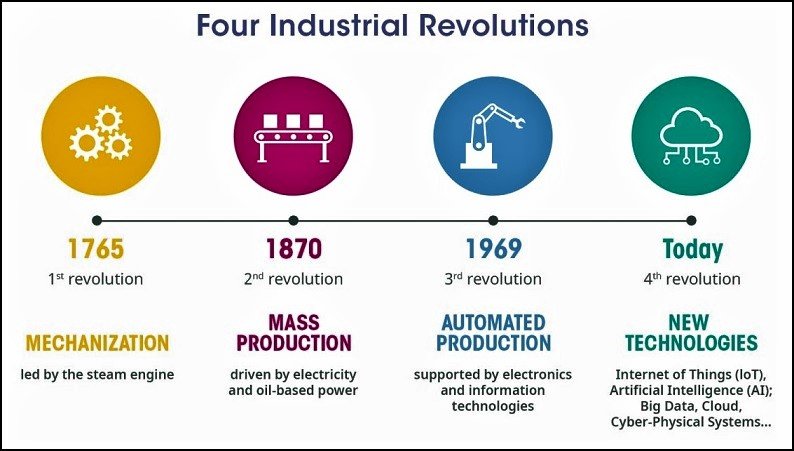
Centre for Fourth Industrial Revolution (C4IR)
- It is an initiative of the World Economic Forum (WEF).
- C4IR focuses on the potential of emerging technologies (artificial intelligence, blockchain, data policy, precision medicine) associated with the Fourth Industrial Revolution.
- It operates as a global network of centres, each addressing specific geographical & thematic areas.
- It involves collaborating with governments, businesses, academia, and civil society to develop policies and frameworks for responsible technology adoption.
{GS3 – S&T – Tech} Steel Slag Road
- Context (PIB): India’s First National Highway, Steel Slag Road, was inaugurated on NH- 66 (Mumbai-Goa National Highway).
- Steel Slag Road Technology is developed by CSIR-Central Road Research Institute (CSIR-CRRI).
- Surat in Gujarat became the first city in India to have a processed steel slag road constructed.
- Border Roads Organization has also constructed a steel slag road in Arunachal Pradesh along with CRRI and Tata Steel on the India-China border.
What is Steel Slag?
- Steel slag is an unavoidable by-product of the production of steel.
- It is produced in large quantities while separating the molten steel from impurities.
- The slag occurs as a molten liquid melt and is a complex solution of silicates and oxides.
- It solidifies upon cooling, resulting in a glassy, granular material that is then crushed to the appropriate size for use as an aggregate in concrete.
Other Types of Roads in India
| Feature |
Bitumen Roads |
Concrete Roads |
| Construction Type |
|
|
| Composition |
|
|
| Usage |
|
|
| Life Span |
|
|
|
|
Waste to Wealth Mission
Objectives
|
|
For details on Steel Slag Road, visit > Steel Slag Road.
{Prelims – Envi – Species} Punganur Cows
- Context (IE): On occasion of Pongal/Makar Sankranti’s, the Prime Minister fed Punganur breed cows.
- The Punganur breed is native to the Chittoor district in Andhra Pradesh.
- These dwarf cattle are the world’s shortest-humped breed.
- Punganur cows come in various colours (white or grey or shades of light or dark brown).
- They have small, crescent-shaped horns, longer in females than males.
- They were once on the verge of extinction. However, their numbers improved from 2,828 (19th Livestock Census) to 13,275 (20th Livestock Census).
- Distribution: Andhra Pradesh, Telangana, Karnataka, Kerala, Maharashtra, and Tamil Nadu.

Conservation efforts taken
- Andhra Pradesh government provided financial support for the promotion of the Punganur breed.
- GoI established Gokul Gram for the promotion of Punganur and other indigenous breeds of cattle in Telangana.
{Prelims – Envi – Species} Saltwater Crocodiles
- Context (DTE): The number of saltwater or estuarine crocodiles in and around Odisha’s Bhitarkanika National Park has slightly increased in 2024.
Saltwater or estuarine crocodiles
- Distribution: Abundant in areas like the Sundarbans, Bhitarkanika National Park, and A&N Islands.
- Apart from the eastern coast of India, the saltwater crocodile is extremely rare on the Indian subcontinent.
- Habitat: Thrives in saltwater habitats such as mangrove swamps, estuaries, and coastal areas.
- Size: It is the largest of all crocodilians and the largest reptile in the world.
- IUCN: Least Concern
- CITES: Appendix I (except the populations of Australia, Indonesia, and Papua New Guinea, which are included in Appendix II).
- WPA, 1972: Schedule I
Other Crocodile Species in India
Bhitarkanika National Park
|
{Prelims – Festivals} Pakke Paga Hornbill Festival
- Context (DTE): Pakke Paga Hornbill Festival (PPHF) is celebrated in Arunachal Pradesh.
- The festival aims to recognize the efforts of the Nyishi community turned conservationists and highlights the critical need to preserve hornbills.
- It focuses on wildlife conservation, particularly hornbills, with four species (Oriental pied hornbill, wreathed hornbill (vulnerable), rufous-necked hornbill (vulnerable) and great hornbill (near threatened))in the Pakke Tiger Reserve.
- This year’s theme of the festival is “Let Our Hornbills Remain”.
Nyishi community
- They are the largest ethnic group in Arunachal Pradesh, with a population of around 300,000.
- Their language, Nyishi, belongs to the Sino-Tibetan family.
- Polygyny (more than one wife) is a prevalent practice among them.
Pakke Tiger Reserve
- It is located in the East Kameng district of Arunachal Pradesh and was established in 1966.
- The reserve has won the India Biodiversity Award 2016 for the Hornbill Nest Adoption Programme in the ‘Conservation of threatened species‘ category.
- The reserve is surrounded by the Bhareli or Kameng River, the Pakke River, and contiguous forests on most sides.
- Climate: Subtropical with cold weather from November to March, annual rainfall of 2,500 mm.
Hornbill
- Hornbills are called “gardeners or farmers of the forest” for playing a key role in dispersing seeds of tropical trees.
- Hornbills are large, fruit-eating birds found along certain fleshy fruit trees.
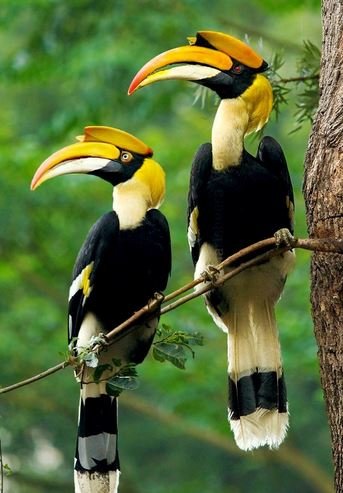
- Great Hornbill is the state bird of Kerala and Arunachal Pradesh.
- The hornbills are found in tropical and subtropical Africa and Asia.
- Threats: Illegal logging, forest clearance, hunting for meat & medicinal value of body parts.
- Conservation Status: IUCN: Vulnerable; WPA, 1972: Schedule I; CITES: Appendix I.
India Biodiversity Awards
|
{Prelims – In News} Indian Landslide Susceptibility Map
- Context (TH): IIT Delhi created India’s first high-resolution landslide susceptibility map.
- The map provides landslide susceptibility at a high resolution of 100 m.
- To prepare the map, data of 1.5 lakh landslide events were obtained from Geological Survey of India.
- Data was also collected information on factors that render an area susceptible to landslide (landslide conditioning factors) such as soil cover, type of soil, number of trees covering the area, distance from roads or mountains, etc.
- Ensemble machine learning method was used to analyse the data.
- The map acknowledged some well-known regions of high landslide susceptibility, like parts of the foothills of the Himalaya, the Assam-Meghalaya region, and the Western Ghats.
- It also revealed some previously unknown places with high risk, such as some areas of the Eastern Ghats, just north of Andhra Pradesh and Odisha.
| Ensemble machine learning is when multiple machine learning models are used together to average out an oversize impact from any one model. |
Landslides
Causes of landslides
Factors influencing landslides
Types
Landslides in India: Status
NDMA Guidelines on Landslides
|
{Prelims – PIN India} Sagar Island
- Context (DTE): Sagar Island witnessed 10 million pilgrims for Ganga Sagar Mela, the second-largest agglomerate for Hindus after Kumbh Mela.
- It is situated in the Ganges delta and lies on the continental shelf of the Bay of Bengal, approximately 100 km (54 nautical miles) south of Kolkata.
- It lies at the mouth of the Hooghly River, with an arm of the river separating it from the mainland to the east.

{Prelims – PIN} Guru Gobind Singh
- Context (PIB): PM pays tribute to Sri Guru Gobind Singh ji on Prakash Utsav.
- Guru Gobind Singh Ji (Jan 5, 1667 – 21 Oct, 1708), born as “Gobind Das” at Patna Sahib, Bihar.
- He was the tenth and last of the human form Gurus of Sikhism.
- He was son of Guru Tegh Bahadur (the 9th Guru) and Mata Gujri.
- In 1675, his father was killed by Mughal Emperor Aurangzeb for refusing to adopt Islam.
- His birthplace in Patna is now famous as Takhat Shri Harimander Ji Patna Sahib.
- He fought twelve battles and the Guru’s four sons (Char Sahib Zaday) were killed in campaigns against tyranny. The Char Sahib Zaday were:
- Baba Ajit Singh
- Baba Jujhar Singh
- Baba Zorawar Singh
- Baba Fateh Singh
- Vichitra Katha is the autobiography of Guru Gobind Singh.
- Veer Bal Diwas is celebrated to mark the martyrdom of the sons of Shri Guru Gobind Singh: Sahibzada Baba Zorawar Singh and Baba Fateh Singh.
His Contributions
- He was a divine messenger, a warrior, a poet, and a philosopher and wrote martial poetry & music.
- He also compiled Guru Granth Sahib, the holy scripture of Sikhism.
- He is also credited for the Dasam Granth (Tenth Volume) which consists of hymns that are a sacred part of Sikh prayers.
- He created the Khalsa Order or saint-soldiers in 1699.
- He introduced the five Ks to the community.






![PMF IAS Environment for UPSC 2022-23 [paperback] PMF IAS [Nov 30, 2021]…](https://pmfias.b-cdn.net/wp-content/uploads/2024/04/pmfiasenvironmentforupsc2022-23paperbackpmfiasnov302021.jpg)


